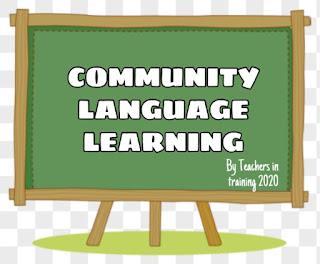Approach, method and techniques.
APPROACH,
METHOD AND TECHNIQUE
Language teaching is not an easy task, It
is not something that can be acquired by an individual in just one day; in
fact, It is definitely pure art the action of teaching someone something you
know in a complete way with one hundred percent of effectiveness, and still,
without being out of the topic, teaching a whole classroom taking into account
that no one thinks the same way from others and do not learn the same way either,
this is one of the reasons about why teachers have to have their own strategies
to make everyone understand what they might be stating and teaching. First
thing that We, as teachers must have pretty clear already is knowing what the
word method means. What is method? About four decades ago Edward Anthony (1963)
gave us a definition that has admirably withstood the rest of time. His concept
of method was the second of three hierarchical elements, namely approach,
method and technique. An approach, according to Anthony was a set of assumptions
dealing with the nature of language, learning and teaching. Method was
described as an overall plan for systematic presentation of language based upon
a selected approach, techniques we’re the specific activities manifested in the
classroom that were consistent with a method and therefore were in harmony with
an approach as well.
A couple of decades later, Jack Richards
and Theodore Rodgers (1982) proposed a reformulation of the concept of “method”
Anthony’s approach, method and technique were renamed, respectively, APPROACH,
DESIGN AND PROCEDURE. An approach defines assumptions, beliefs and theories
about the nature of language and language teaching. Designs specify the relationship
of those theories to classroom materials and activities. Procedures are the techniques
and practices that are derived from one’s approach and design through their
reformulation, Richard and Rodgers (1982- 2001) made two principal
contributions to our understanding of the concept of method.
Every method has its own components and of
course, Richards and Rodgers' one, was not the exception. An approach had two
fundamental components: a) A theory of native language, b) A theory of the
nature of learning. The way in which they designed their method has six
components: the general and specific objectives of the method, a syllabus
model, types of learning and learning activities, learner roles, teacher roles,
the role of instructional materials and the procedure that comes together with the
classroom techniques, practices and behaviors observed when the method is used.
Natural
approach
This world is big enough to have more
people interested on their own way of language teaching (Krashen and Terrell’s
monitor model) their theory is mainly based on the natural approach or in
simpler words, subconscious language acquisition. (The acquisition learning
hypothesis) this theory states that there is a strict separation between conscious
learning of language and subconscious acquisition of language and that only
acquisition can lead to fluent language use; their theory also confirms that
language knowledge that is consciously learned can only be used to monitor
output, not to generate new language.



Comentarios
Publicar un comentario